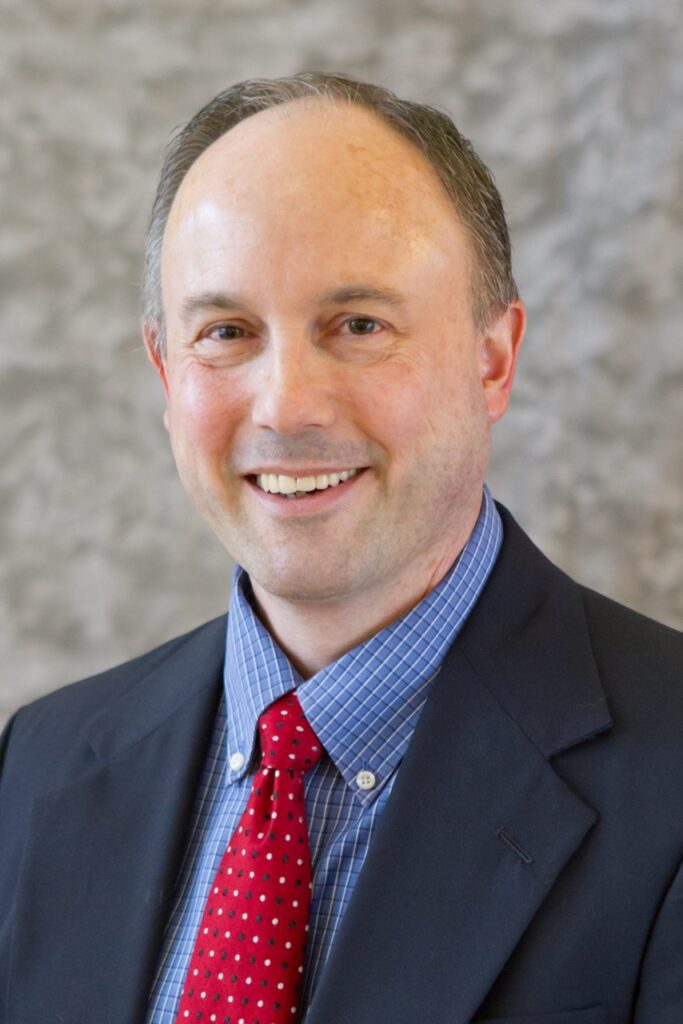Dr. Roberts Picks Up Loose Ends of GERD

I left you hanging last week wondering about the treatment of Gastroesophageal Reflux Disease (GERD). First, a quick review. Recall that acid from the stomach (gastro) is found in the tube that connects the mouth to the stomach (esophagus) and goes in a backward direction (reflux).
When I see someone complaining of GERD symptoms, I review my patient’s history to try and identify any risk factors for GERD such as decreased tone of the lower esophageal sphincter (LES), loss of normal muscular function of the esophagus, excess production of stomach acid, delayed emptying of the stomach, and overeating. Fatty or fried foods, coffee, tea, caffeinated drinks, chocolate, and mint are all foods that can cause or worsen GERD. Alcohol and cigarette smoking are also risk factors.
Many patients immediately reach for medication to help control the symptoms rather than try to control the underlying cause(s) of the GERD. Direct-to-consumer advertising has been extremely effective in pushing medications to treat this common problem. Virtually any medical insurance company will tell you that its largest drug expense is often a class of medications called PPIs or Proton Pump Inhibitors (more below).
Simple lifestyle modifications are the foundation of treatment for GERD. Losing even a modest amount of weight can have a significant impact. Reducing fat in the diet and avoiding large, fatty meals just before bedtime are also critical to managing symptoms. Avoiding tight fitting clothing, reducing alcohol consumption, and quitting smoking are also important.
People who wake up at night with reflux symptoms should consider raising the head legs of their bed using commercial plastic bed risers, a 4X4 post cut into blocks, or by nailing two 2x4s together. Raising the head and chest by sleeping on a number of pillows can make the symptoms worse. Bending the body at the waist can increase pressure in the abdomen, resulting in worsened reflux.
Those who don’t respond to lifestyle modifications may need medication. Reduction of the frequency and intensity of heartburn, the most common symptom of GERD, is much less predictable than treating esophagitis that I mentioned last week. People may need to try different medications from various classes to find one that works for them.
Histamine antagonists are the oldest medications on the market. They block the release of histamine that stimulates stomach acid production. Tagamet ® (cimetidine), and Pepcid ® (famotidine) are the most common ones available over the counter and are effective for most people.
Proton Pump Inhibitors (PPIs) are the newest class of anti-GERD medications. These are extremely powerful blockers of acid production. Names that most people recognize (due to very successful marketing) include: Prilosec ®, Protonix ®, Aciphex®, Nexium ®, Zegerid ®, Dexilant ® and Prevacid ®. Why so many? Because they make pharmaceutical companies wheelbarrows of money.
PPIs are safe and effective for short-term use, but are associated with a slight increased risk of hip fractures in those over age 50, probably due to reducing absorption of calcium in the gut. Many people take PPIs for years thinking they need them because their symptoms return when they stop taking the medication. Most of these people suffer from “rebound” reflux. Some call this an “addiction” to PPIs. Once the initial symptoms of GERD are controlled, preventing their return can often be controlled with medications that are not as powerful as PPIs. Ask your doctor about ways to try to stop PPIs if you’ve been on them more than a few months.
I get a lot of questions about the “two week warning” found on boxes of GERD medication. People are advised to contact their physician if they have to use the medication longer than two weeks to control their symptoms. This is an important reminder for people to see their medical provider to discuss risk factors and develop a game plan to manage their GERD. It’s also important to see a provider to assess your risk for other more serious complications of GERD that I discussed last week.
Surgery is the treatment of last resort. Laparoscopic Nissen fundoplication is the most commonly performed procedure. This involves using minimally invasive endoscopic surgery to take the top portion of the stomach and wrap it around the bottom of the esophagus to act as a valve to prevent stomach acid from refluxing. It’s very important to see a gastroenterologist and/or surgeon who is very familiar with the procedure to make sure you are a candidate. EsophyX TIF is a newer procedure that allows reconstruction of the lower esophageal sphincter via an endoscope passed through the mouth into the esophagus.
Dr. John Roberts is a retired member of the Franciscan Physician Network specializing in Family Medicine.
